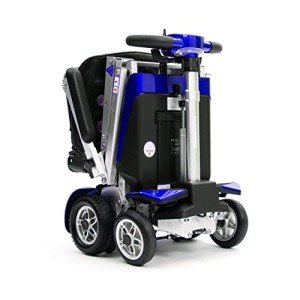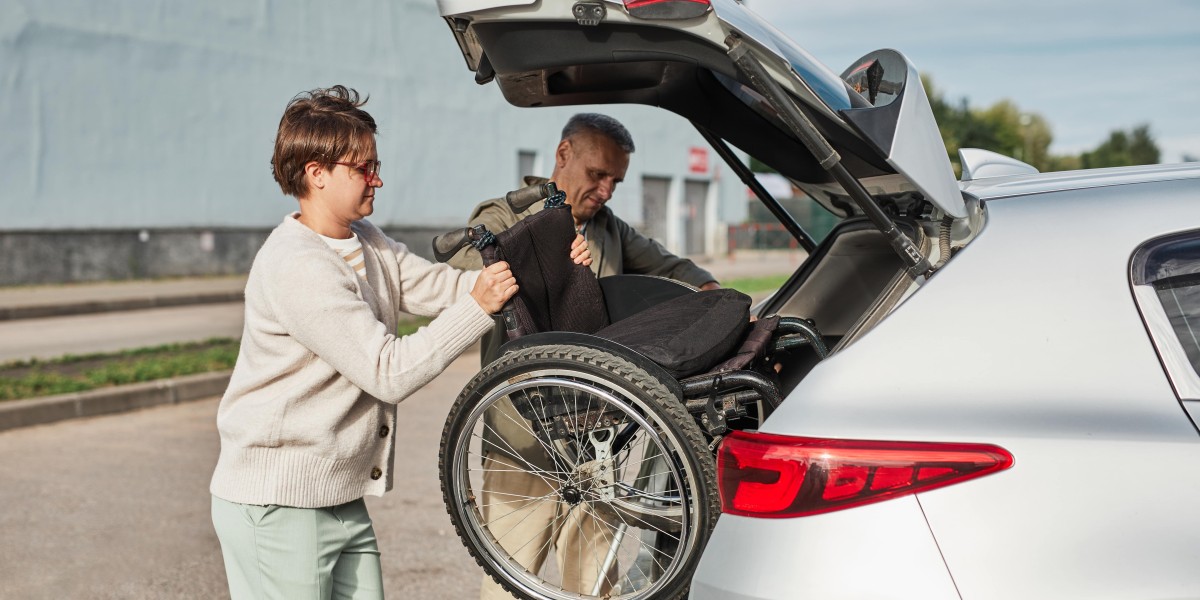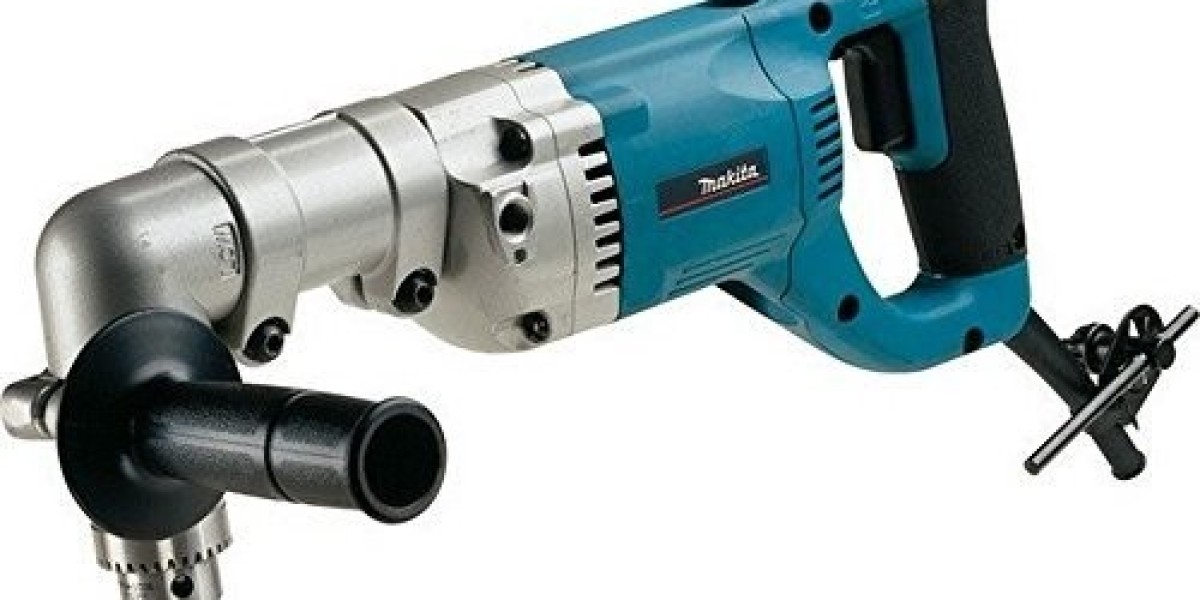
For individuals facing mobility challenges, a mobility scooter can be a life-changing investment. These devices offer independence, comfort, and the ability to explore the world without the physical strain of walking. However, the process of buying a mobility scooter can be daunting, given the variety of options available and the technical considerations involved. This comprehensive guide aims to demystify the process, providing valuable insights and practical tips for those considering a purchase.

Understanding Mobility Scooters
Mobility scooters are motorized vehicles designed to assist individuals with mobility issues, such as arthritis, chronic pain, or other conditions that make walking difficult. They come in various sizes and styles, each catering to different needs and environments. Here are some key types of mobility scooters:
- Three-Wheel Scooters: These are more maneuverable and are ideal for indoor use or narrow spaces.
- Four-Wheel Scooters: These offer better stability and are suitable for outdoor use, especially on uneven terrain.
- Travel Scooters: Designed for portability, these scooters can be disassembled for easier transport.
- Heavy-Duty Scooters: Built for individuals who weigh more than 250 pounds, these scooters are robust and durable.
Factors to Consider When Buying a Mobility Scooter
- Mobility Needs: Assess your daily activities and the environments in which you will use the scooter. Consider whether you need it primarily for indoor or outdoor use, and the types of surfaces you will encounter.
- Weight Capacity: Ensure the scooter can support your weight. Most scooters have a weight capacity ranging from 250 to 500 pounds.
- Battery Life: Longer battery life means more freedom to travel without needing to recharge frequently. Consider your typical usage and the distance you need to cover.
- Speed and Range: The speed and range of the scooter should match your needs. Some scooters can travel up to 30 miles on a single charge, while others may have a shorter range.
- Portability: If you plan to travel with your scooter, a travel scooter that can be easily disassembled and transported is a good choice.
- Safety Features: Look for features such as anti-tip wheels, seat belts, and lights to ensure your safety.
- Comfort: Choose a scooter with a comfortable seat and adjustable features like seat height and backrest angle.
- Warranty and Service: A good warranty and reliable customer service can provide peace of mind and ensure that any issues are addressed promptly.
Steps to Buying a Mobility Scooter
- Research and Compare: Start by researching different brands and models. Read reviews, compare features, and consider the reputation of the manufacturer.
- Test Drive: If possible, test drive the scooter to get a feel for its performance and comfort. Many dealers offer this option.
- Consult a Healthcare Professional: Your doctor or a physical therapist can provide valuable advice on the type of scooter that best suits your needs.
- Consider Financing Options: Some dealers offer financing options, and you may be eligible for financial assistance through insurance or government programs.
- Check for Local Laws and Regulations: Ensure that the scooter you choose complies with local laws and regulations, especially if you plan to use it on public roads.
- Make the Purchase: Once you have made your decision, place your order and arrange for delivery or pick-up.
Frequently Asked Questions (FAQs)
Q: Are mobility scooters covered by insurance?A: Some insurance plans, including Medicare, may cover the cost of a mobility scooter (you can check here) if it is deemed medically necessary. Check with your insurance provider for specific coverage details.
Q: How much does a mobility scooter cost?A: The cost of a mobility scooter can vary widely, ranging from £500 to £5,000 or more, depending on the features and brand. Travel scooters and heavy-duty models tend to be more expensive.
Q: Can I use a mobility scooter on public roads?A: In many places, mobility scooters are allowed on public roads, but they must comply with local regulations. Check with your local transportation authority for specific rules and requirements.
Q: How do I maintain my mobility scooter?A: Regular maintenance is crucial for the longevity and performance of your scooter. This includes checking the battery, cleaning the scooter, and ensuring that all parts are functioning properly. Refer to the manufacturer’s manual for specific maintenance instructions.
Q: Can I travel with my mobility scooter?A: Many mobility scooters are designed for travel and can be disassembled for transport. Some airlines and transportation providers have specific policies for mobility devices, so it’s a good idea to check in advance.
Buying a mobility scooter is a significant decision that can greatly enhance your quality of life. By considering your needs, researching thoroughly, and following the steps outlined in this guide, you can find the perfect scooter to meet your mobility requirements. Remember, the goal is to regain your independence and enjoy the freedom to move around with ease and confidence.
If you have any further questions or need assistance, don’t hesitate to consult a healthcare professional or a reputable mobility scooter dealer. With the right scooter, the world is yours to explore.








